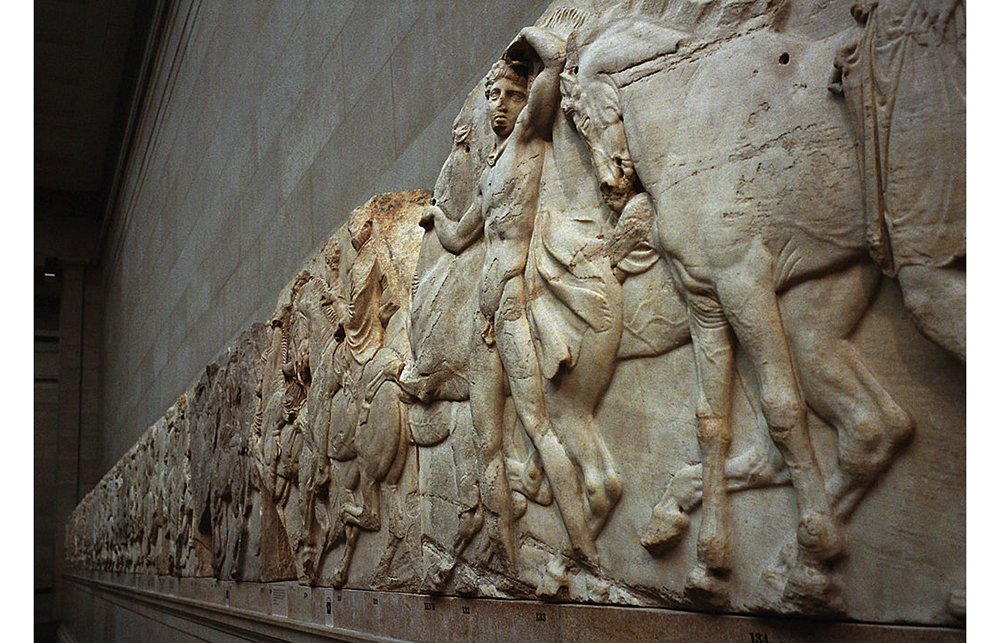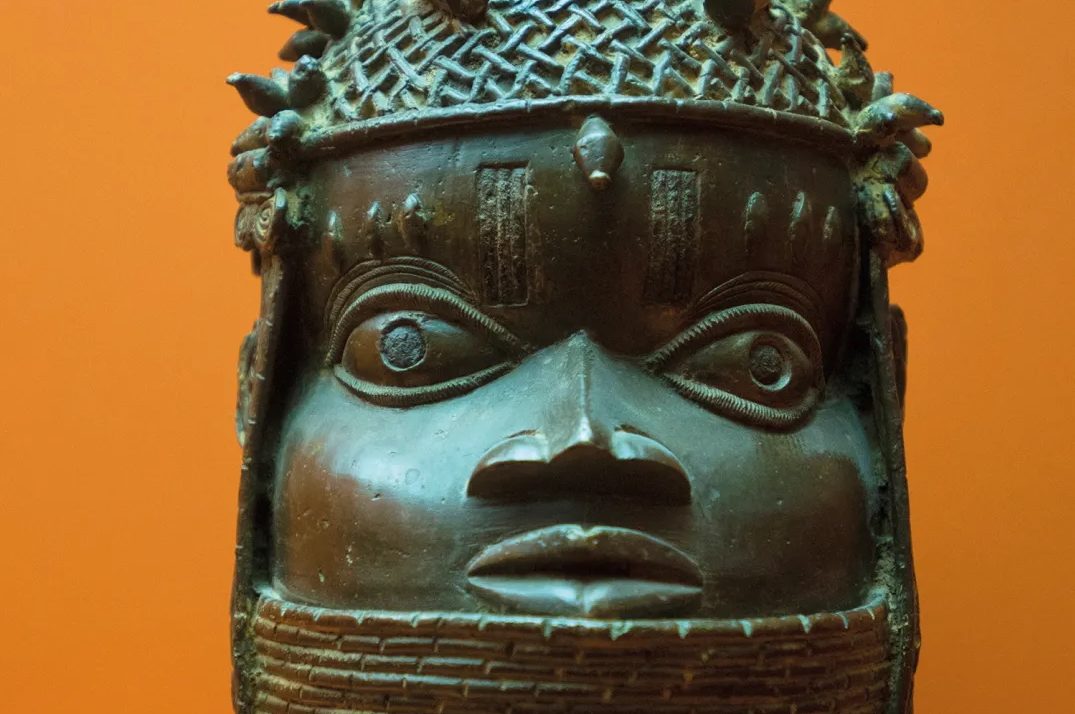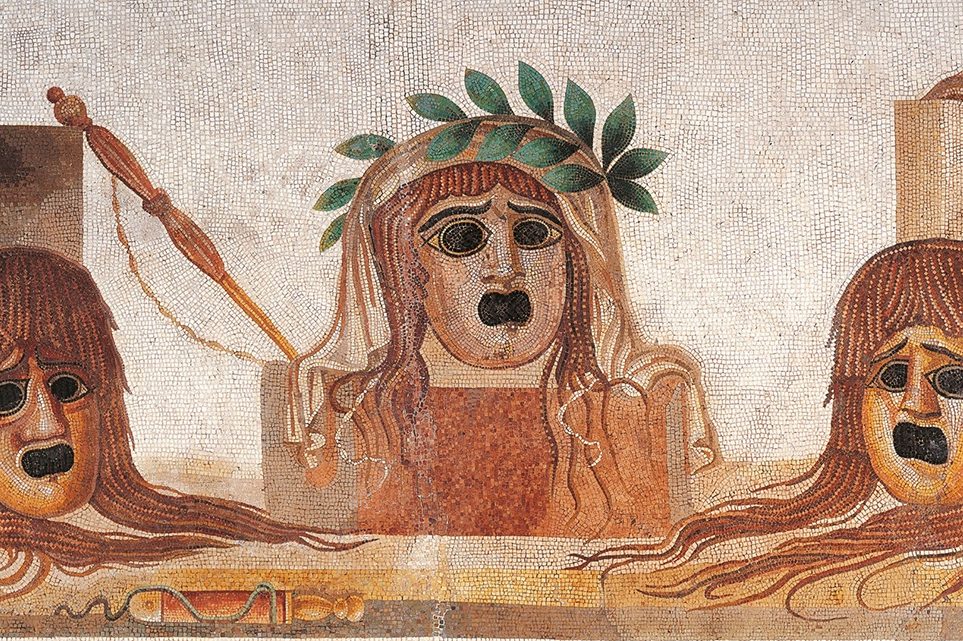Where should the Elgin marbles be on show? Their display in the Duveen gallery of the British Museum in London is not impressive.
To put it crudely, a Greek temple consisted of a sturdy shoe box surrounded by columns. The purpose of the shoebox (naos) was twofold: to support the massive weight of the roof, and to provide a secure house for the god, represented by a statue, to live in. People did enter to venerate the statue, but the focus of worship was the altar outside.
The external view of the temple, then, was crucial. Visitors walking round the Parthenon saw forty-six columns, around thirty-four feet high, supporting a sequence of individual metopes (sculptures), just below the roof, unfolding before their eyes dramatic, colorful stories of gods and giants, Amazons, the fall of Troy and, at either end, triangular roof pediments featuring Athena and Poseidon.
Peeping through the external columns, the visitors would also see a continuous frieze running all round the top of the shoebox, illustrating in cinematic fashion a procession in honor of Athena. But to see it close up, one had to step through the external columns, and then look almost directly upward (incredibly, the perspective of the frieze took this into account).
And it is this procession that dominates, ineptly, the Duveen gallery: it faces inward and not outward, is at sight-level, not even mildly elevated, runs along opposite sides of the gallery (interrupted by doors) and is in the wrong order (misplacing the processional climax).
Random metopes recovered by Elgin are placed at the four corners, and stray figures from the pediments feature at both ends of the gallery, all looking inward. One can see the stuff, but not how it relates to one of the world’s most famous buildings. Meanwhile the Acropolis Museum in Athens represents the shoebox to size, with the reconstructed metopes and frieze around the outside, clearly related to each other, though not to full height. The columns of the Parthenon can be seen through the museum windows.
This article was originally published in The Spectator’s April 2023 World edition.

























